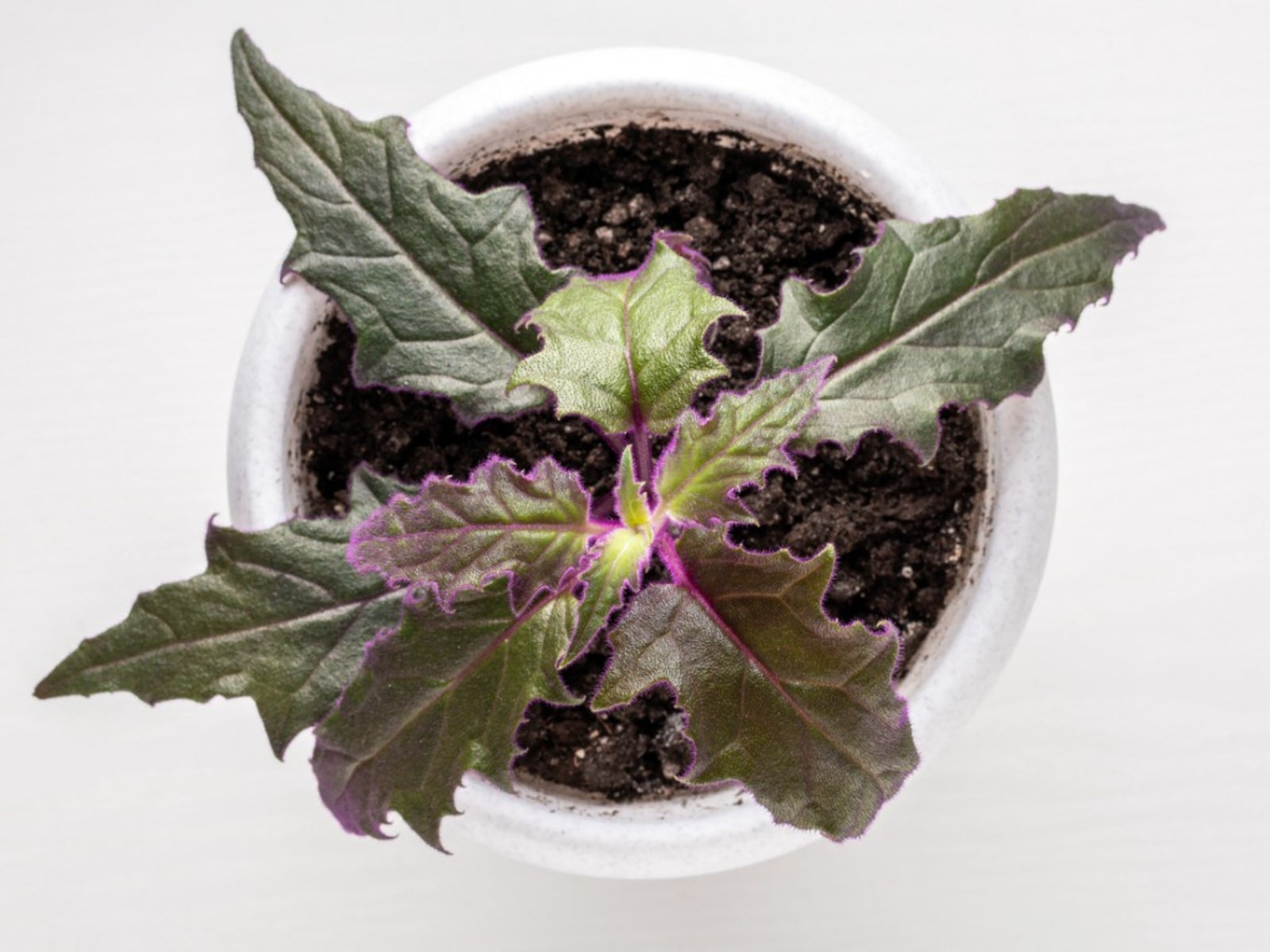Purple Passion Plant Care: Tips For Growing Purple Passion Houseplants


Growing purple passion houseplants (Gynura aurantiaca) offers an unusual and attractive houseplant for the brightly lit indoor area. The young purple passion plant has velvety leaves and thick, deep purple hairs on a green colored leaf with a cascading habit, making it perfect for an inside hanging basket. Purple passion houseplants have been used for indoor decoration for more than 200 years and grow wild in some southern areas.
How to Grow Purple Passion Plants
The purple passion plant, also known as velvet plant or gynura, appears to have purple leaves from the thick hairs. As the plant ages, the hairs spread further apart and the color is not as intense. Most purple passion houseplants remain attractive for two to three years. Plant the purple passion plant in a houseplant soil that offers good drainage, as the plant is susceptible to root rot from too much water. When rooting cuttings use a perlite or vermiculite mixture for ease of rooting. If you cover the cuttings when rooting, remove the covering at night.
Purple Passion Plant Care
Place the purple passion plant in bright to moderate light, but don't allow direct sunlight to reach the leaves. Brighter light intensifies the purple color of purple passion plant. Purple passion houseplants prefer a cool location; optimum temperatures for the purple passion plant are 60 to 70 degrees F. (16-21 C.). Keep the soil moist but avoid letting the roots stand in soggy soil. Avoid wetting the foliage, as the hairy leaves can trap moisture and begin to rot. Fertilize every two weeks from spring through fall as part of velvet plant care. Fertilize monthly during winter. The purple passion plant grows outside as an annual, but is best contained to avoid prolific spread. Purple passion houseplants may produce orange flowers, however, their odor is unpleasant. Many gardeners snip off the buds to avoid the smelly blooms. Flowers are a sign the plant has reached maturity so be sure to start cuttings if you've not already got them growing.
Sign up for the Gardening Know How newsletter today and receive a free copy of our e-book "How to Grow Delicious Tomatoes".

Becca Badgett was a regular contributor to Gardening Know How for ten years. Co-author of the book How to Grow an EMERGENCY Garden, Becca specializes in succulent and cactus gardening.